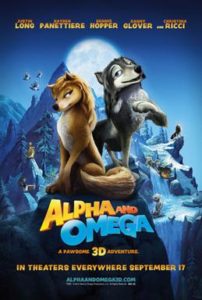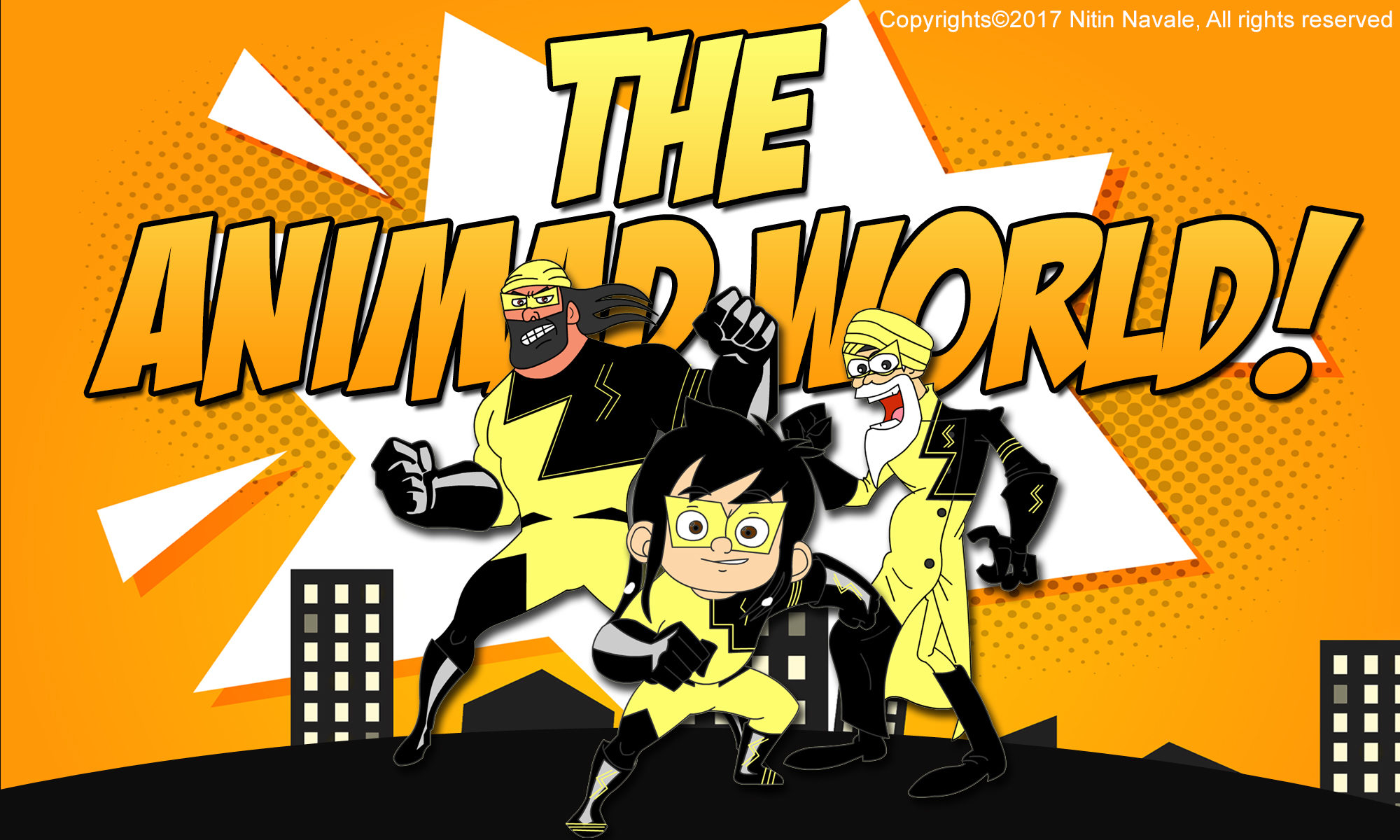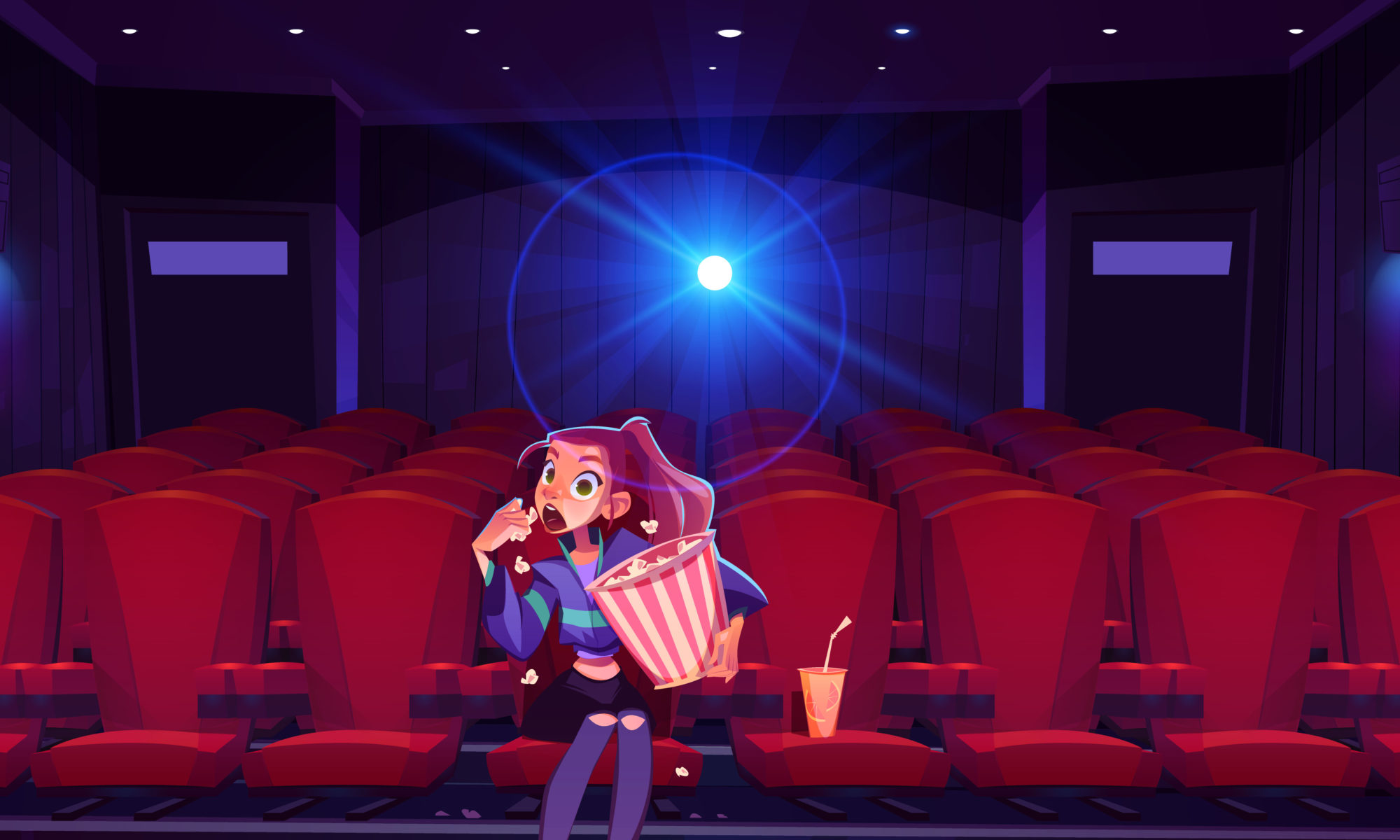CHAPTER 08
THE INDIAN AUDIENCE
AND WHY DO WE STRUGGLE?
“I made mistakes in drama. I thought drama was when actors cried. But drama is when the audience cries.”
― FRANK CAPRA
Walt Disney and Pixar set the measure for 2D and 3D animation. Japan has crossed all the conventional barriers with its anime and is constantly stretching its limits in this form of entertainment.
But when it comes to India, we are still struggling to get the basics right, we are still struggling to understand the true potential of this medium, and most importantly, we are still struggling to embrace the art of animation.
Animation is undoubtedly the most flexible form of film-making with the ability to go beyond the expected and truly justify your imagination without any limitation, boundaries, or complications of physical and technical resources. In short, a perfect medium to explore stories, subject matter, and character development.
But despite its liberty to look beyond conventional film-making, India can still not impress the globe with the quality of our home-grown productions.
Sure it’s easier to jump to the conclusion and blame the budget, creators, and the lack of latest technologies for the condition of our content.
But let’s not point out the obvious today as we really need to look deeper to find one of the most vital faults in our creations. We really need to stop turning our heads and quit pretending as if we don’t see because the real issue is embedded within us.

Yes, the animation is often overlooked by Indian audiences as it generally comes with a connotation of childishness.
Unlike in Japan, where anime is such an integral part of their culture, we are still unable to delve deeper into this vast world of cartoons. We are unwilling to explore outside usual Bollywood films and TV shows.
Americans, at one point, had the same thick attitude towards animation. But constant attention and open-mindedness towards the art by a large number of audiences forced the makers to come up with better concepts that can appeal to everyone with a soul and hunger for great stories.
Some time ago, the number one You tuber PewDiePie reacted sarcastically on one of the most popular Indian animated shows and pointed out some technical, creative, and conceptual absurdities that anyone with a basic understanding of this medium can identify.
But what bothered me the most is that he was shocked that we are exposing our kids to such content, which we, as viewers and specifically as parents, should not ignore. But guess what? WE DID IGNORE IT!.
Generally, when someone passes a ridiculous opinion towards our nation and things related to it, we quickly respond and defend ourselves. But this time, nobody came to the rescue. Why? Because he was right to a great extent.
But not wholly correct, sure most of our TV shows look below par and are quantity driven than quality. Still, it does not mean that we don’t have the potential for being amongst the best as we had proven it in the past when one of our films was running the race for being in the academy awards.
Yes, for many, it might come as a surprise that in 2011, a 3d animated film, Alpha and Omega, produced in Mumbai by Crest Animation Studio (a studio I had the privilege to work in), was included in the list of movies eligible for Oscar nominations.

It’s a film about two young wolves falling in love despite all the odds, but unfortunately didn’t manage to go ahead in the nomination race, and much deserving Toy Story three got the honors that year.
Still, competing and finding a spot between the likes of Disney, Pixar, and Dreamworks is an outstanding achievement on its own. And the academy was kind enough to acknowledge the measure of the efforts that went into making this film.
But unfortunately, over here, it was brutally slammed by critics for its dull, predictable plot, unimpressive visuals and was entirely neglected by the audiences as it didn’t manage to bring out the required emotions.
In a nation where even sending a Bollywood masala film as an official entry for Oscars draws so much publicity and reaction from the media and general public, Alpha and Omega failed even to find any space in the page three section of the entertainment industry.
But worse, instead of receiving any praises and attention over here, it managed to do the exact opposite. I remember when one of my colleagues went to see the movie with her family, the man sitting at the ticket- counter advised her not to see it and said it was rubbish and a complete waste of time.
I know it cuts like a knife to hear such words. However, I would still welcome his critical views and, in fact, would encourage everyone to openly share their constructive feedback on this subject because, ultimately, the audiences are the actual alpha and the omega of this art form.
Like any artistic work, the animation is a medium to tell stories to reach people, touch you emotionally, make you forget your life’s dilemmas, and submerge you into this fictional world where everything seems possible.
And without audience support, it won’t be able to re-invent, renovate, and even reject the conventional ideas for the better good.

I know it’s not all dependent on the viewers, but the creators also have specific responsibilities. The creators need to understand the possibilities and potential of their secondary audiences.
In India, we have difficulty understanding the basic fact that the animation is just not limited to kids, but adults are the secondary audiences. When a kid is watching a show or a movie on Tv or theater, parents and guardians are forced to sit through it.
So we need to cater to them and put something in for them as well if we need to fall in that category of family entertainment.
I am often asked to remove a gag or dialogue because kids won’t get it, although I completely agree with that and I have no choice but to follow it, but in my mind, I am always like, that’s not for kids, that’s for the adults forced to watch along with him.
Unless it’s breaking any S&P rules, the producers should not worry about one or two jokes skipping a child’s brain or understanding capacity.
So we really need to find a way to bring a balance to our content. And if not, then we have no choice but to take an extreme step. The surest way to find some audience for animation is by creating mature content like Adult Swim did back in the nineties.

This channel revolutionized the entire cartoon watching experience and even helped to launch the careers of many artists through its interactive formats, spontaneity, and unique experience.
But, this will take some tremendous risk-taking ability, out of box thinking, and open-mindedness towards the potential of animation.
In the end, we can say that if we want to bring a revolution in Indian Animation, we as audiences need to alter our approach towards this art form. And demand a better quality product by raising our voices against the current supply.
And, more importantly, show our support and faith in our highly talented artists and creators. Because we have the potential, we have the talent; we have the passion. All we need is “YOU,” all we need is your attention, and all we need is your love.
Because once you get involved, step by step, little by little, we will be there at the grandest stage of all, AT THE OSCARS!
(Imp Note: This is one of the reasons behind the struggles of Indian Animation. In my blog series, “The Faults In Our Art! We will explore ten major factors that are keeping Indian animation behind. So I request you to please support my initiative by subscribing to my website by filling the form below)



One Reply to “CHP 08 THE INDIAN AUDIENCE AND WHY WE STRUGGLE?”